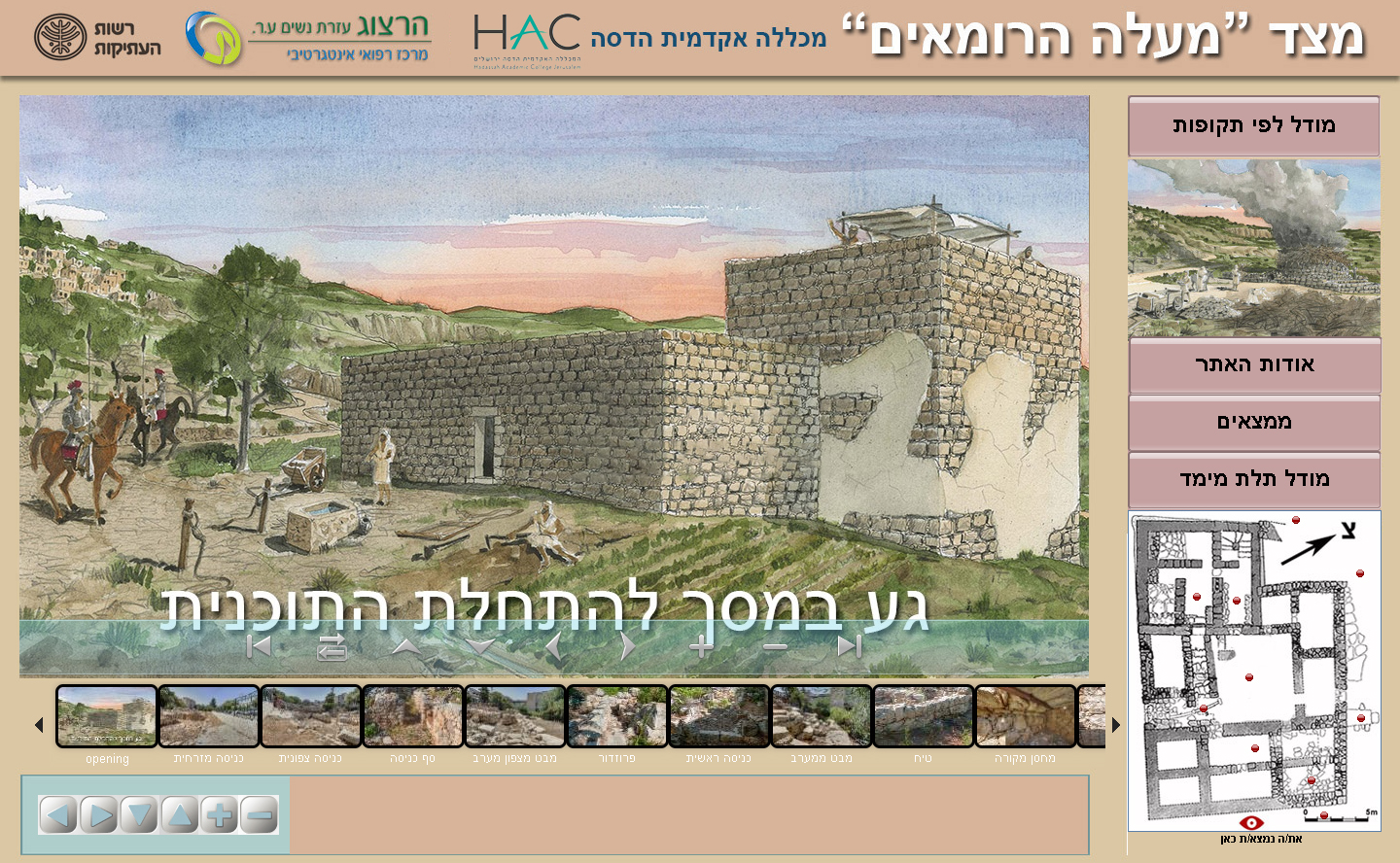Virtual and Mixed Reality
Virtual and mixed reality has become increasingly popular in the field of cultural heritage research, offering new ways to explore, preserve, and showcase cultural heritage sites, objects, and artifacts. Here are some of the main applications of virtual and mixed reality in this field:
- Digital Preservation: Virtual reality can be used to create digital replicas of historical sites, artifacts, and objects, preserving them in a digital format. This allows researchers to study and analyze these cultural heritage items without the risk of damage or decay.
- Reconstruction: Virtual and mixed reality can be used to reconstruct historical sites and artifacts that have been damaged, destroyed, or lost over time. This technology can help researchers understand the original structure and layout of cultural heritage sites, and how they may have changed over time.
- Education: Virtual and mixed reality can be used as an educational tool to teach people about cultural heritage. Users can explore and interact with digital replicas of historical sites, objects, and artifacts, gaining a deeper understanding of their cultural significance.
- Tourism: Virtual and mixed reality can be used to create virtual tours of cultural heritage sites, allowing people to explore them remotely. This can be particularly useful for sites that are difficult to access or that are located in remote areas.
- Restoration: Virtual and mixed reality can be used to help plan and visualize restoration projects. Researchers can use these technologies to create digital models of cultural heritage sites and test out different restoration options before making any physical changes.

The Ma’aleh Romaim Virtual Tour. A Stronghold of the Roman period was built just east of the Roman road that connected Jerusalem and Emmaus. It’s function was, apparently, to guard this road.
Created in collaboration with the Israel Antiquities Authority.
